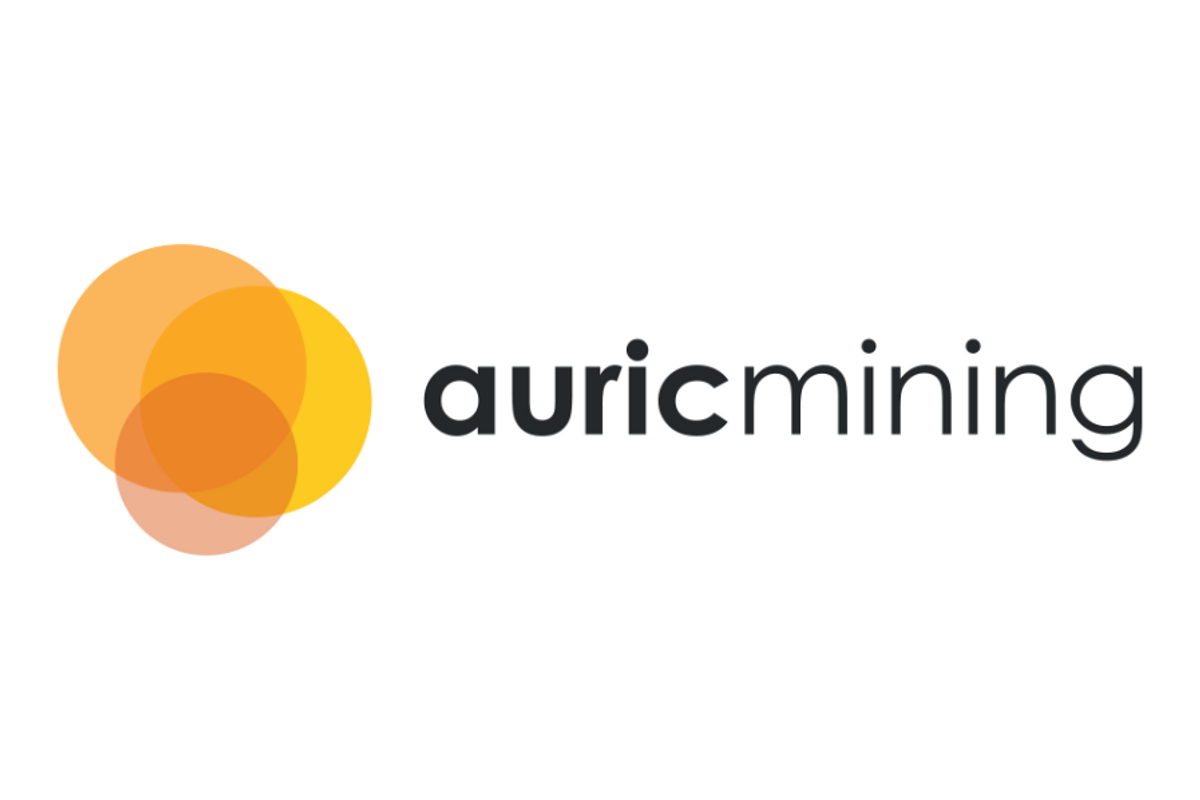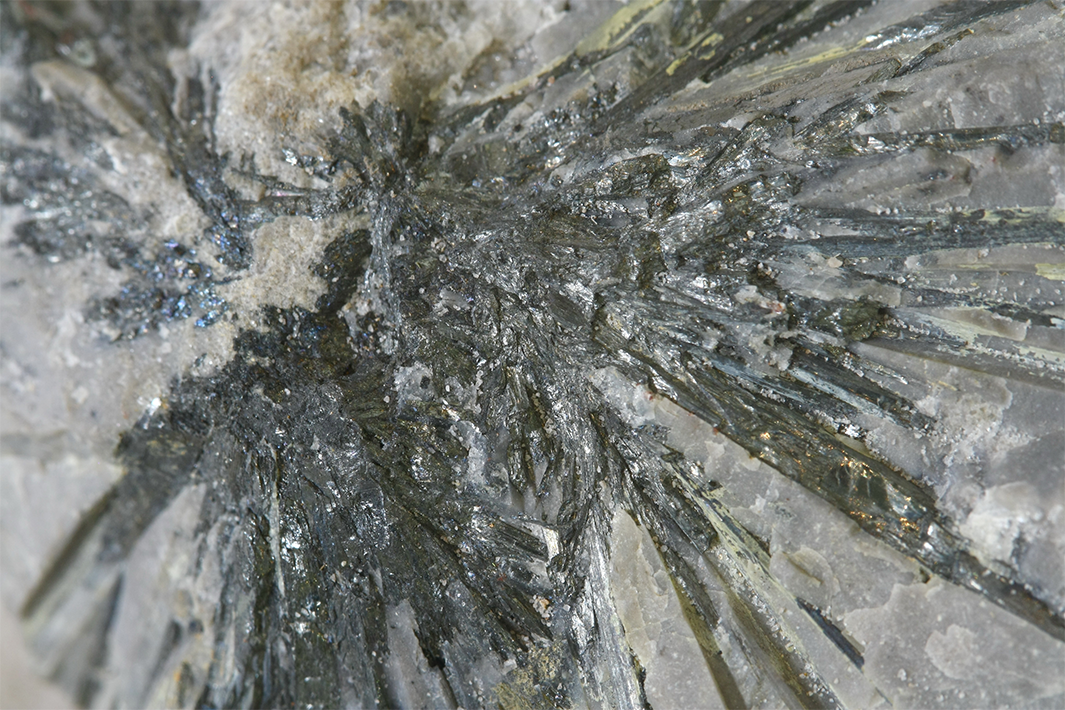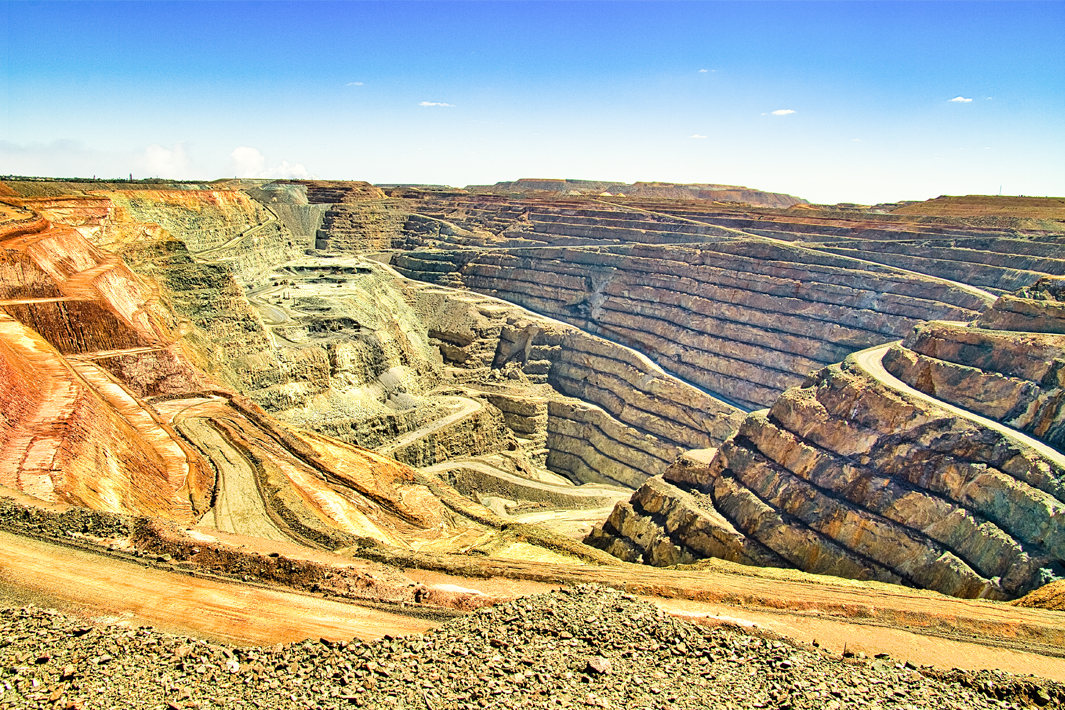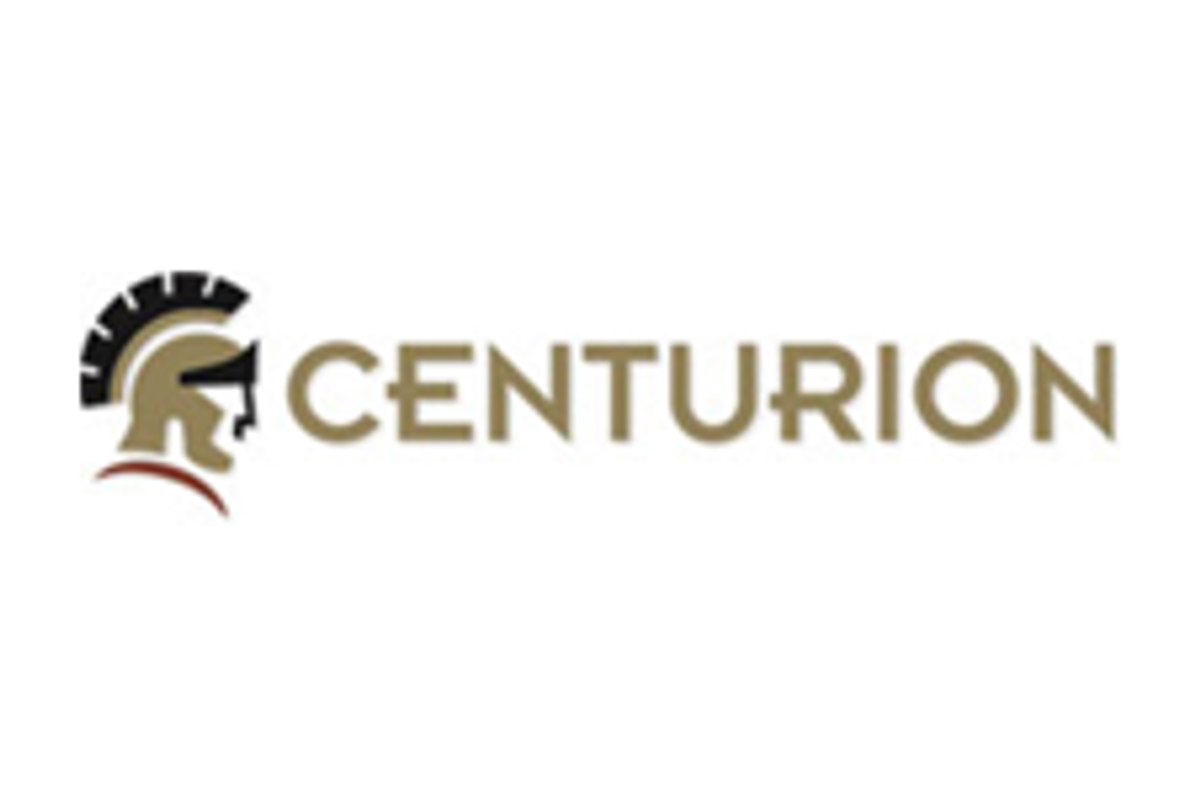
June 30, 2025
Auric Mining Limited (ASX: AWJ) (Auric or the Company) together with WIN Metals Ltd (ASX: WIN) (WIN Metals or WIN) are pleased to announce that the two parties have successfully agreed to the purchase of a package of WIN assets including all nickel and associated minerals rights, water access rights and a fully equipped mining camp all relating to Auric’s Munda Gold Mine.
Highlights
- This milestone agreement considerably enhances Auric’s mining operations at its Munda Gold Mine.
- Acquisition includes a fully equipped mining camp and all related assets six kilometres from Munda Gold Mine.
- All Nickel rights and entitlements will be owned by Auric.
- Sole access and usage of stored water in the 132N pit by Auric.
- Total purchase price $1.4 Million (ex GST), payable in two tranches: Tranche 1 $900,000 paid 30 June 2025, Tranche 2 $500,000 due 31 July 2025.
Management Comment
Managing Director, Mark English, said: “This acquisition gives Auric greater control over our destiny for open pit mining at our Munda Gold Mine.
“Buying all nickel rights from WIN sees us taking another major step forward at Munda. We’ve moved mining at Munda along rapidly this year and are pleased this hurdle to progress our future expansion will be removed.
“There’s not much water around Widgiemooltha, so as part of this transaction, we are acquiring additional access to stored water in the 132N pit. Having adequate water is extremely important for our mining operations. The mining camp is another huge bonus for Auric being located just six kilometres north of our mine.
“We have reached a highly satisfactory agreement for all Auric shareholders,” said Mr English.
WIN Metals. Managing Director and CEO, Steve Norregaard, said: “WIN wish Auric all the best with their Munda gold project development.
“Proposed Nickel mining at Munda was not contemplated in WIN’s 2024 scoping study and as such would have been far into the future for the Mt Edwards Nickel Project. With the outlook of a prolonged subdued nickel price the opportunity to monetise a relatively small portion of the total projects nickel resource base will provide cash for investment into WIN’s gold assets. This is a transaction that makes sense for both companies,” said Mr Norregaard.
The Announcement
The total consideration is $1.4 million, (ex GST) payable in two separate tranches: the first tranche of $900,000 paid on 30 June 2025, the second, $500,000 due on or before July 31, 2025.
Included in the purchase is a fully equipped mining camp located six kilometres north of the Munda Gold Mine sufficient to house the entire workforce. Additional in the deal, Auric has also acquired sole access to all the water in the pit at 132N, just a short distance from the Munda mine.
Auric will at completion own all mineral rights at Munda, except lithium. The lithium mineral rights remain with WIN.
Upon completion of both tranches, on or before 31 July 2025, Auric will have paid WIN a total of $1.4 million (ex GST), for the mining camp, which includes all associated infrastructure such as solar panels, generators, bulk fuel storage, storage containers together with water rights to the 132N pit and all nickel rights and associated entitlements at Munda. The parties have agreed to expedite the grant of miscellaneous licences over the WIN tenements to secure road access as well as the camp.
Click here for the full ASX Release
This article includes content from Auric Mining, licensed for the purpose of publishing on Investing News Australia. This article does not constitute financial product advice. It is your responsibility to perform proper due diligence before acting upon any information provided here. Please refer to our full disclaimer here.
AWJ:AU
The Conversation (0)
09 August 2024
Auric Mining
Western Australian gold producer, explorer and developer with world-class deposits
Western Australian gold producer, explorer and developer with world-class deposits Keep Reading...
10h
Ongoing Drilling Continues to Return Broad Gold Intercepts
Asara Resources (AS1:AU) has announced Ongoing drilling continues to return broad gold interceptsDownload the PDF here. Keep Reading...
31 December 2025
Utah’s Antimony Resource: A Strategic Investment Play in Critical Minerals
Utah may be best known for its copper and gold legacy, but hidden beneath its rugged terrain lies one of the most overlooked critical mineral opportunities in the US: antimony. With global supply heavily concentrated in China and export restrictions tightening, Utah’s underexplored antimony... Keep Reading...
30 December 2025
Hidden Gem: How Intrusion-related Gold Deposits Could Fuel Next-generation Discoveries
With the gold price continuing to hover near all-time highs and major producers scouring the globe for new large-scale deposits, one type of gold system is emerging as a potential game changer. Intrusion-related gold systems (IRGS) have already yielded multimillion-ounce mines, like Kinross... Keep Reading...
30 December 2025
Finding Gold: Exploring New Zealand’s Next Big Discovery
Despite its rich mining legacy, New Zealand remains one of the most underexplored frontiers for gold in the developed world. Now, with advanced exploration tools and a new generation of explorers, the country is emerging as a hotbed of untapped investment opportunity.Modern exploration... Keep Reading...
Latest News
Interactive Chart
Latest Press Releases
Related News
TOP STOCKS
American Battery4.030.24
Aion Therapeutic0.10-0.01
Cybin Corp2.140.00





